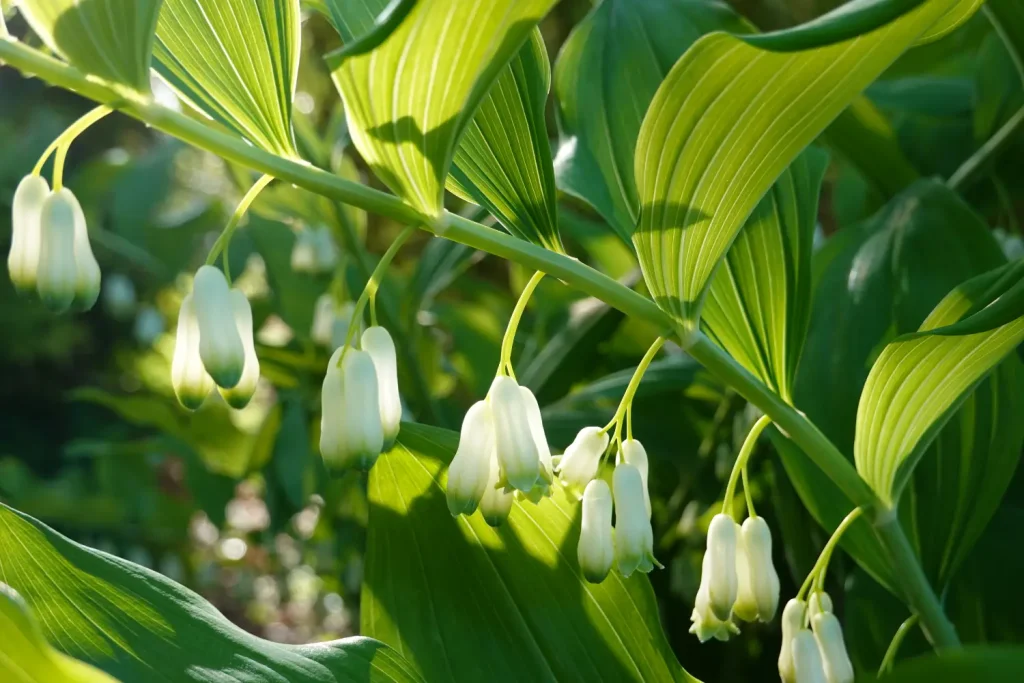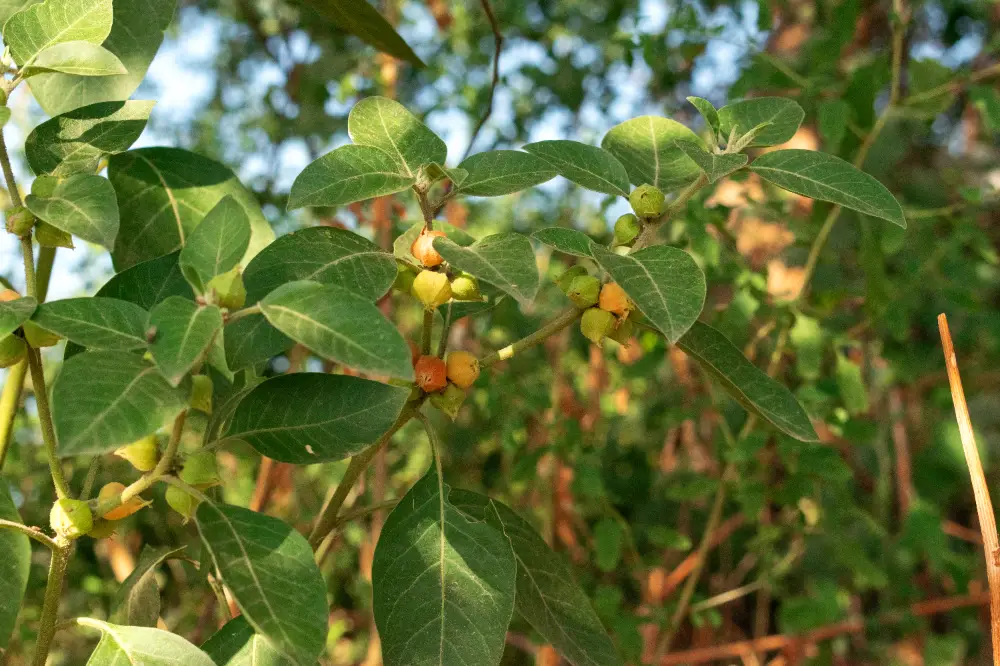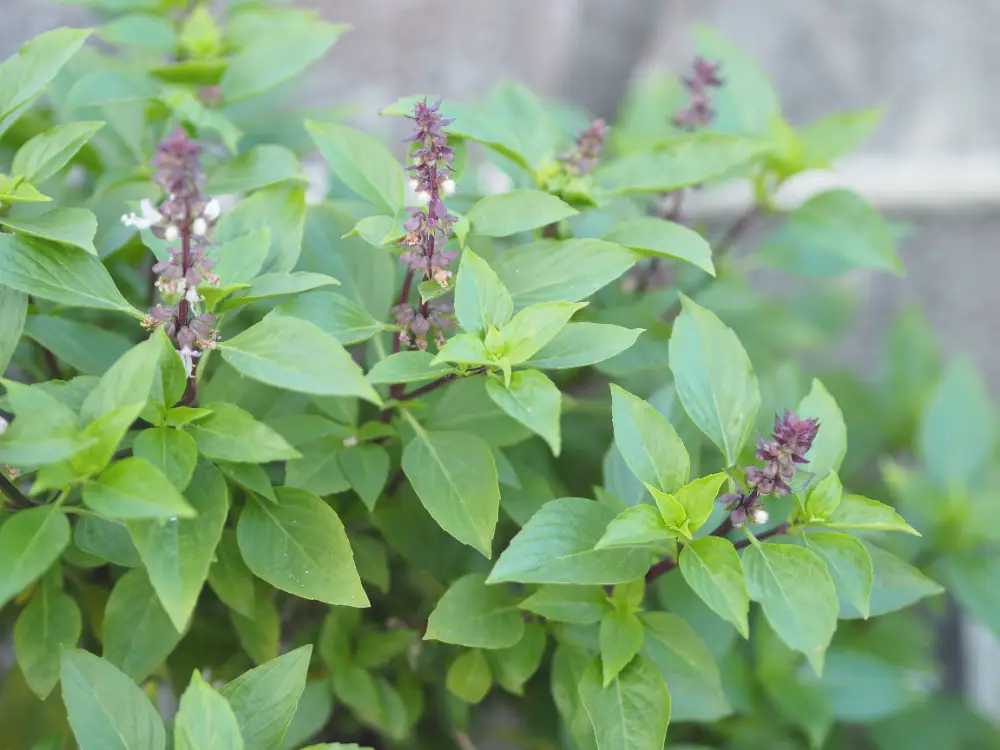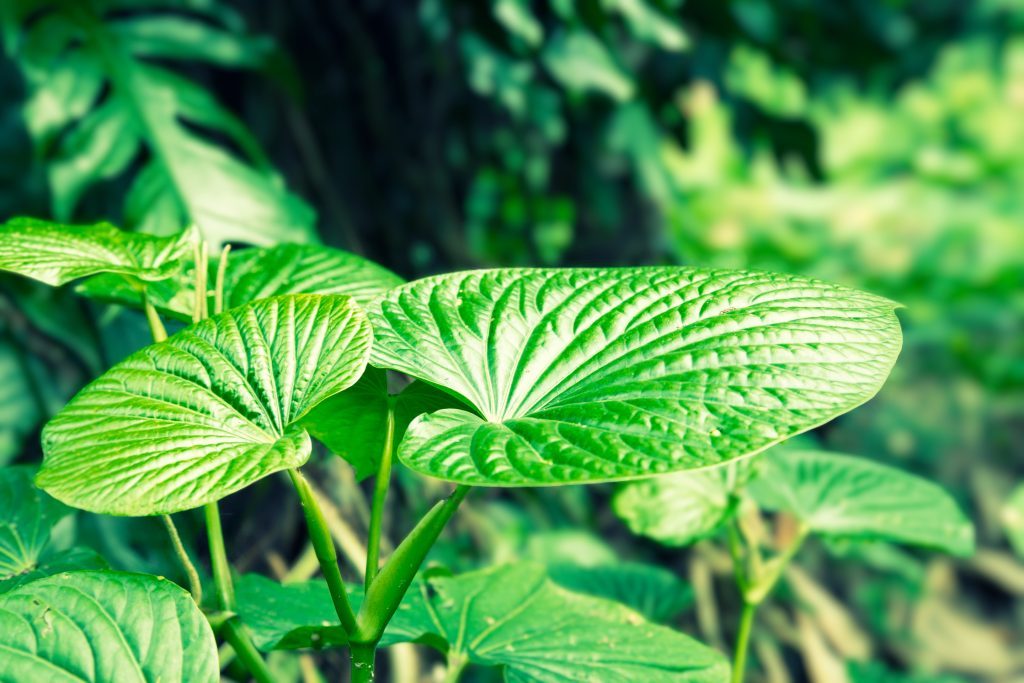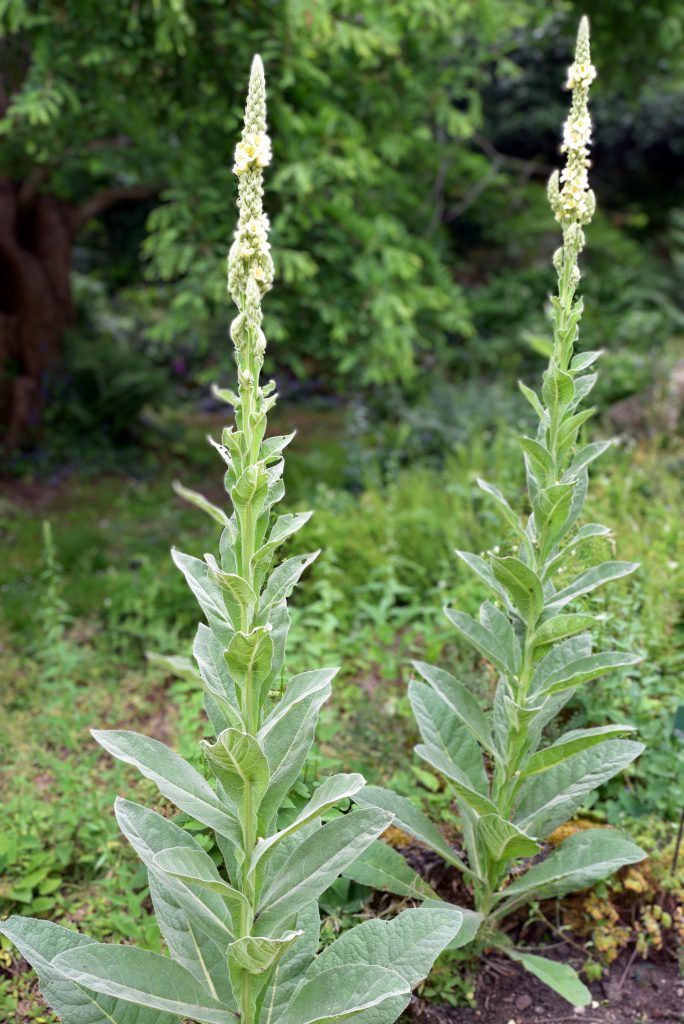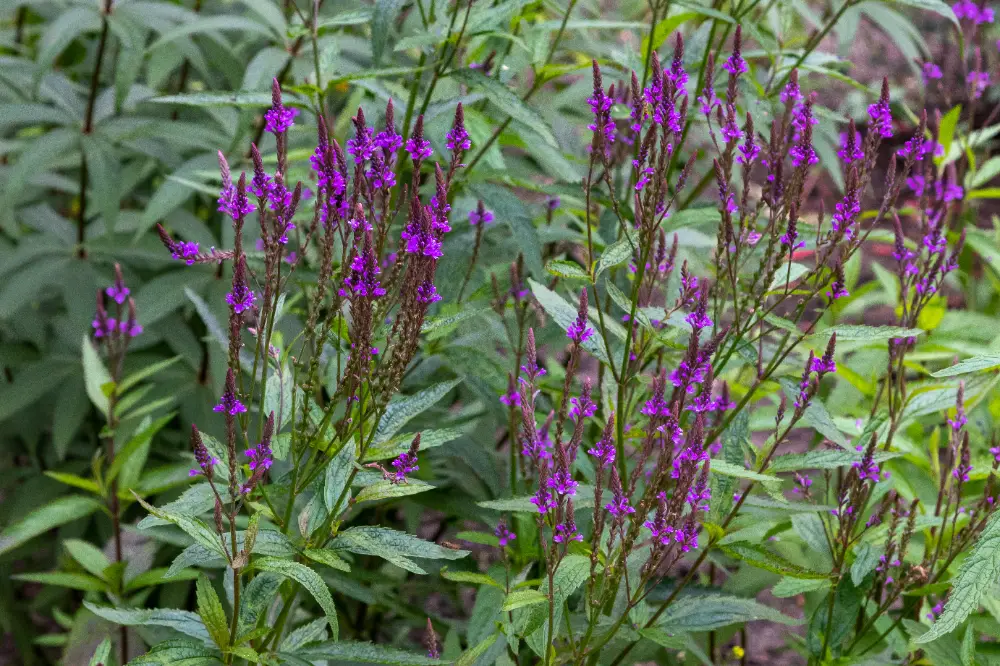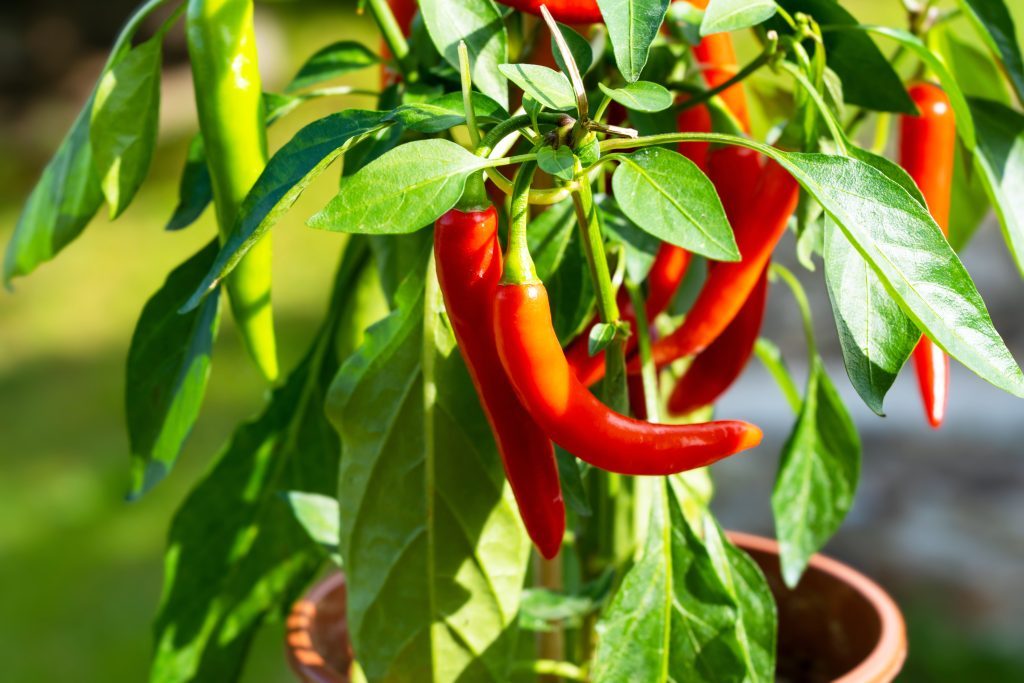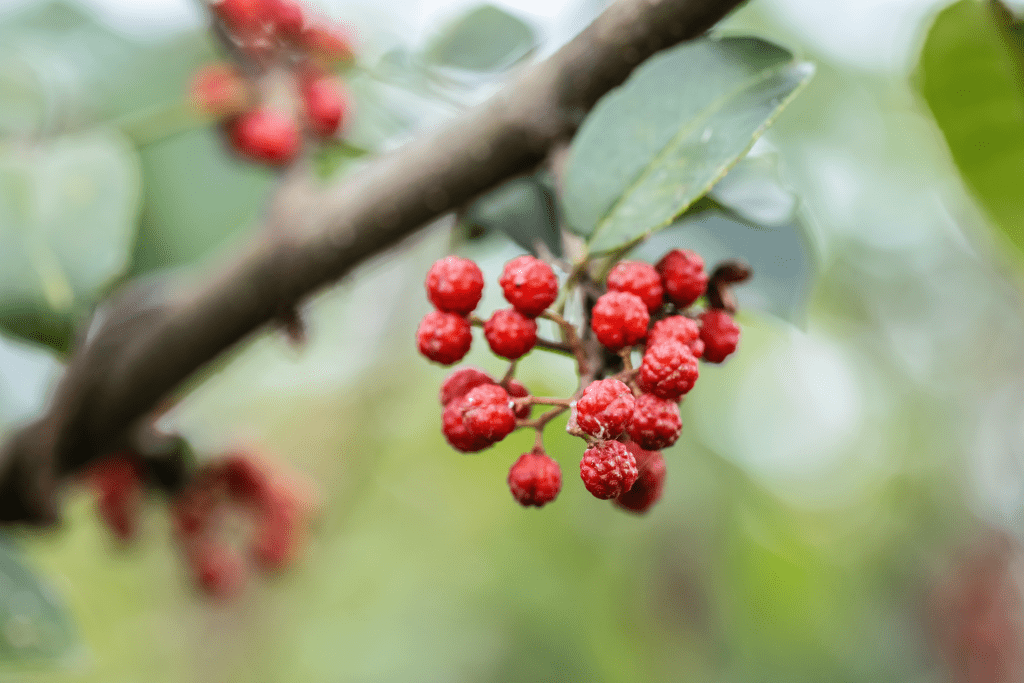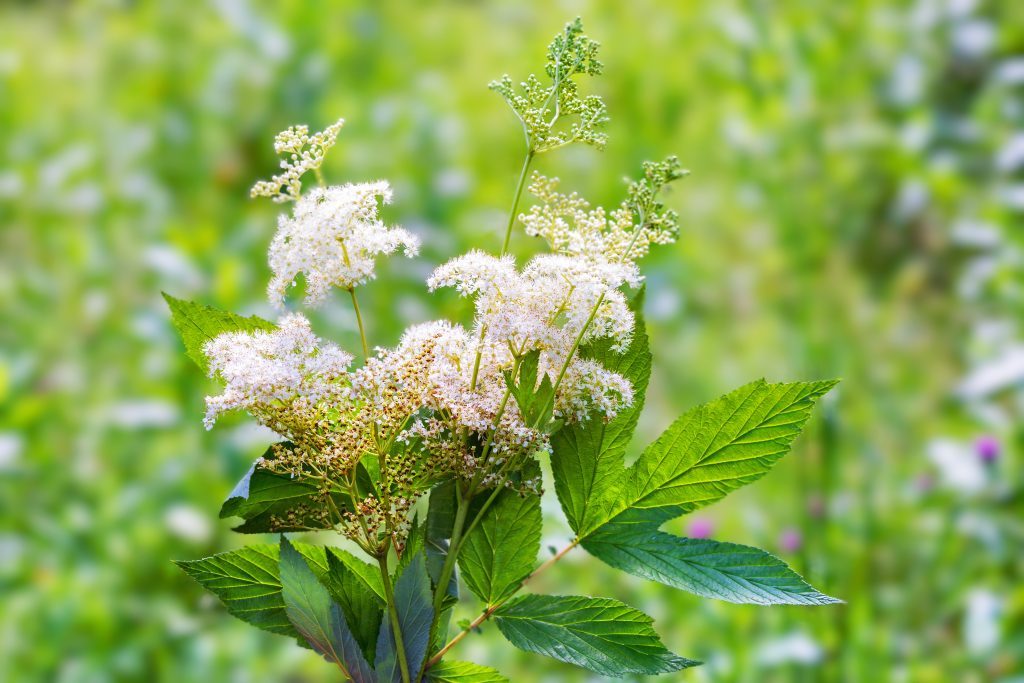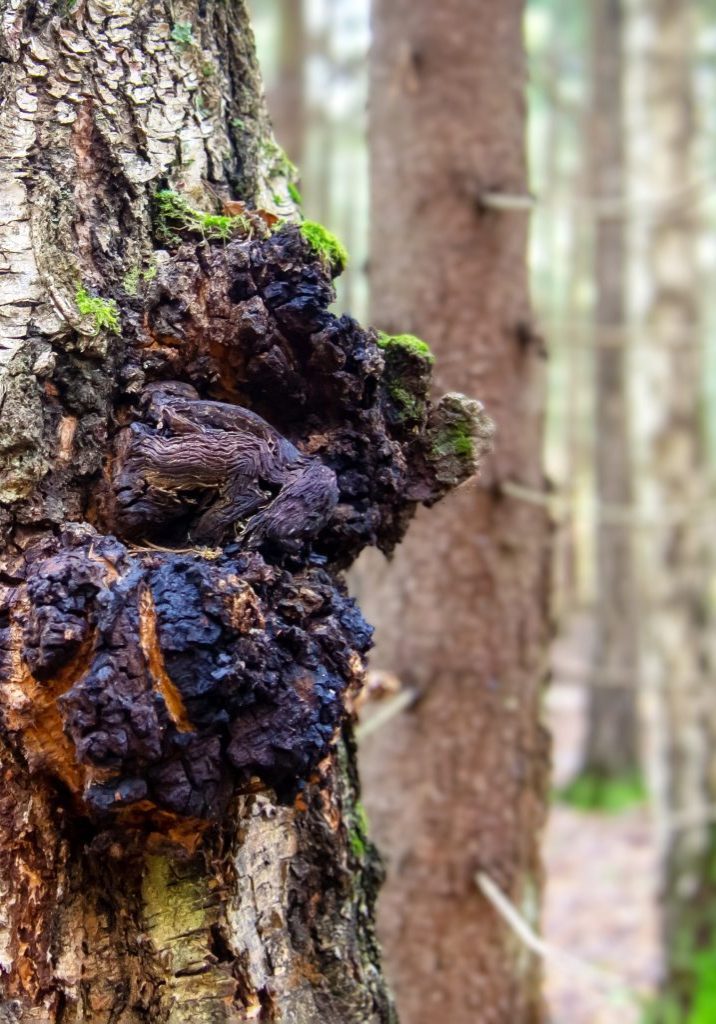
Chaga mushroom
Inonotus obliquus
Celebrated for its antioxidant properties and immune system support.
Superpower
A potent antioxidant and immune modulator.
Uses
Immune Support:
Chaga has been traditionally used in Siberian and northern European folk medicine to boost the immune system. The indigenous people of Siberia would drink Chaga tea regularly to increase resilience against illness, especially in cold climates. Chaga’s beta-glucans and polysaccharides are believed to stimulate the immune response, making it a valuable tool for strengthening the body’s defenses against infections and environmental stressors.
Antioxidant and Anti-Aging:
Chaga has been revered for its antioxidant properties, often consumed to protect against cellular damage and slow the effects of aging. In Russian and Baltic folklore, Chaga was consumed to promote longevity and vitality. Its rich content of superoxide dismutase (SOD), a powerful antioxidant, helps to neutralize free radicals and reduce oxidative stress, which contributes to overall health and well-being.
Cancer and Tumor Growth:
In traditional Chinese medicine and Eastern European folk practices, Chaga has been used as an adjunct therapy for cancer and tumor reduction. It is believed to inhibit the growth of cancer cells and support the body’s natural healing processes. The presence of betulinic acid, which Chaga absorbs from birch trees, has been linked to its potential anti-cancer properties.
Digestive Health and Detoxification:
Chaga has been used to support digestive health and promote the detoxification of the liver and intestines. In Russia and parts of Eastern Europe, Chaga tea is traditionally consumed to treat gastric disorders and protect the liver. Its soothing effects on the digestive system help ease conditions like gastritis and ulcers.
Anti-Inflammatory:
Traditional healers in northern cultures used Chaga as an anti-inflammatory remedy for conditions such as arthritis and joint pain. By reducing inflammation, Chaga helps to ease pain and support joint mobility, making it useful for people suffering from chronic inflammatory conditions.
Cautions
Blood Sugar Management:
Chaga may lower blood sugar levels, so individuals with diabetes or those on blood-sugar-lowering medications should monitor their blood glucose levels closely when using Chaga, as it could enhance the effects of their medications.
Blood Thinning:
Chaga contains compounds that may have a blood-thinning effect. Individuals taking anticoagulant medications like warfarin or aspirin should use caution and consult a healthcare provider before use, as there is a potential for increased bleeding risk.
Kidney Health:
Chaga contains oxalates, which can contribute to the formation of kidney stones in individuals predisposed to kidney issues or with a history of kidney stones. Those at risk should avoid high doses or long-term use of Chaga.
Autoimmune Conditions:
Due to its immune-modulating effects, Chaga may not be suitable for individuals with autoimmune disorders. It can potentially overstimulate the immune system, which might exacerbate symptoms in conditions like lupus, multiple sclerosis, or rheumatoid arthritis.
Pregnancy and Breastfeeding:
There is insufficient evidence regarding the safety of Chaga during pregnancy and breastfeeding, so it is advised to avoid use unless directed by a healthcare professional.
Known Chemical Constituents
Polysaccharides: These compounds, particularly beta-glucans, are responsible for Chaga’s powerful immune-modulating and antioxidant properties. They support the body’s immune response and help protect against oxidative stress.
Betulinic Acid: Derived from the birch trees on which Chaga grows, this compound has been shown to have anti-inflammatory, anti-tumor, and antiviral properties. Betulinic acid is also known for its potential to support liver health and skin regeneration.
Superoxide Dismutase (SOD): A potent antioxidant enzyme that helps neutralize harmful free radicals in the body, contributing to cellular protection and slowing the aging process.
Melanin: Chaga contains high levels of melanin, a pigment that has strong antioxidant properties, protecting skin and tissues from UV radiation and promoting overall cellular health.
Triterpenes: These compounds, including lanosterol and inotodiol, exhibit anti-inflammatory and antiviral properties. They support the body’s defense systems and can aid in the reduction of inflammation.
Phenolic Compounds: Chaga is rich in phenolic compounds, which contribute to its antioxidant activity. These compounds help protect the body from oxidative damage, particularly in the skin and organs.
Botanical Description
A parasitic fungus that primarily grows on birch trees in cold climates, such as Siberia, northern Europe, Canada, and parts of the northern United States.
Appearance:
Unlike most mushrooms, Chaga does not have a typical mushroom cap. Instead, it forms an irregular, hard mass or conk that resembles burnt charcoal. The outer layer is rough, black, and crusty, often appearing cracked. This dark exterior is rich in melanin. Beneath the outer layer is a softer, rust-colored interior that contains the beneficial compounds for which Chaga is prized.
Habitat:
Chaga is typically found growing on the trunks of mature birch trees, where it draws nutrients from the tree. It thrives in cold, temperate climates and is most often found on white birch and yellow birch trees.
Size:
The conk can grow to be quite large, reaching up to 30-40 cm (12-15 inches) in diameter, and can remain on a birch tree for many years before it is harvested.
Fun Facts
Often referred to as the “King of Medicinal Mushrooms” due to its incredibly high levels of antioxidants? In fact, Chaga has one of the highest ORAC (Oxygen Radical Absorbance Capacity) scores, which measures a substance’s ability to absorb free radicals, far surpassing other well-known antioxidant-rich foods like blueberries and acai.
Parts Used
Sclerotium (Conk)
Harvest
Best Time to Harvest:
Chaga is best harvested in the late fall, winter, or early spring when the tree’s sap is concentrated, and the active compounds in the mushroom are at their most potent. Harvesting Chaga in the colder months is also preferable because the mushroom’s medicinal properties are more concentrated during this time, and there is less risk of contamination from insects or other organisms.
Location and Tree Type:
Chaga is typically harvested from birch trees, especially in cold climates like Siberia, northern Europe, and Canada. It grows on both white and yellow birch trees, and finding a healthy, mature tree with a large Chaga conk is essential for sustainable harvesting.
Harvesting Method:
To sustainably harvest Chaga, it is crucial to leave at least 30-50% of the conk on the tree to allow the fungus to regenerate. This ensures that the tree and fungus can continue to thrive, and the Chaga can regrow for future harvests. Use a sharp knife or hatchet to remove a portion of the conk without damaging the tree itself.
Sustainability:
Given that Chaga grows slowly and can take several years to fully mature, it is vital to avoid overharvesting. Harvesting only mature, large conks from healthy birch trees and leaving some Chaga behind is essential for maintaining a sustainable population. Additionally, avoid harvesting from protected areas like national parks or forests where it may be illegal to forage.
Preparations
Proper Extraction Methods
- Dual Extraction (Hot Water and Alcohol Extraction):
This is crucial for breaking down the tough chitin walls of the mushroom. A hot water extraction releases water-soluble compounds like polysaccharides (beta-glucans), while an alcohol extraction releases compounds like betulinic acid and triterpenes, which are not water-soluble. Both extractions should be combined to ensure you get a full spectrum of Chaga’s benefits.
Sacred Rituals
The tea is believed to carry the energy of the birch tree, symbolizing strength, resilience, and the cycle of life. The ritual of consuming Chaga is said to promote spiritual grounding and enhance inner strength.
Affirmations
“Like Chaga, I thrive in all conditions, rooted in balance and vitality.”
Spiritual Associations
Siberian shamanic practices, Chaga was believed to hold the energy of the birch tree, symbolizing resilience, strength, and protection. Chaga was often used in ceremonies to protect the spirit and provide spiritual grounding, helping individuals connect with the earth’s natural energy while also fostering healing on a deeper, spiritual level.
Functions
A substance or agent that reduces inflammation in the body, soothing irritation, swelling, or redness in tissues.
Anti-tumorogenic
A substance or agent that inhibits or prevents the development and growth of tumors.
AntioxidantA substance or agent that neutralizes free radicals, preventing oxidative damage to cells and tissues.
AntiviralA substance or agent that inhibits the replication and spread of viruses within the body.
Gastrointestinal Tract Soothing
Substances or agents that calm and relieve irritation or inflammation in the digestive system, promoting comfort and healing.
HepaticA hepatic is a substance that supports, protects, or improves the function of the liver, aiding in detoxification, bile production, and overall liver health.
Immune System SupportThe measures or substances that enhance or maintain the proper functioning of the immune system, helping the body defend against infections, pathogens, and diseases.
Immuno-modulatorA substance or agent that helps regulate and balance the immune system, either enhancing or suppressing immune activity as needed to maintain optimal immune function.


